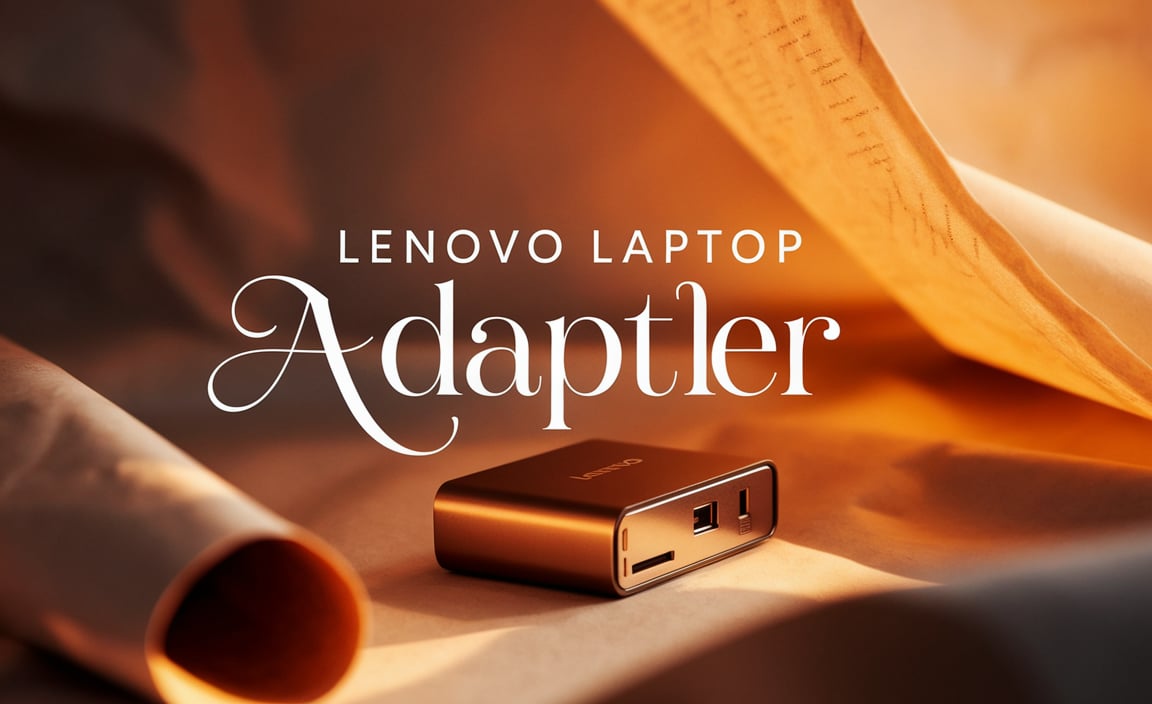Apple USB Adapter: Best & Effortless connectivity solutions are crucial in our increasingly digital lives. Whether you’re a creative professional needing to transfer large files, a student connecting your tablet to an external display for a presentation, or simply someone looking to expand the functionality of your Apple device, the right adapter can make all the difference. Apple, known for its sleek design and user-friendly ecosystem, offers a range of USB adapters that aim to provide the best and most effortless way to bridge the gap between its devices and the wider world of peripherals.
The landscape of computer connectivity has evolved dramatically. Gone are the days of a single, universal port. Today, we navigate a world of USB-C, Lightning, and older USB-A connections. This diversity, while offering flexibility, can also lead to frustration when your brand-new MacBook Pro or iPad Pro doesn’t have the port you need for your trusty external hard drive or a familiar keyboard. This is precisely where an Apple USB adapter steps in, acting as a vital translator between your Apple device and the vast array of accessories available.
Navigating the World of USB Adapters for Apple Devices
When considering a usb adapter for apple products, it’s important to understand the primary function: bridging different USB standards. The most common scenario involves connecting older USB-A devices to newer Apple products that predominantly feature USB-C ports. This includes a wide range of accessories:
External Storage: Connecting USB flash drives, external hard drives, and SSDs to transfer photos, videos, documents, and backups.
Peripherals: Hooking up keyboards, mice, webcams, and microphones for enhanced productivity and creativity.
Audio and Video: Utilizing audio interfaces, capturing devices, and even connecting to older monitors or projectors that rely on USB for data transfer.
Charging and Data Transfer: Some adapters might offer additional ports, allowing you to charge your device while simultaneously connecting a peripheral, a feature known as Power Delivery (PD).
Apple’s own USB-C adapters are designed with their typical minimalist aesthetic and robust build quality. They often feature high-speed data transfer rates, ensuring that transferring large files is as quick and seamless as possible. For example, the Apple USB-C to USB Adapter is a straightforward solution that allows you to connect any standard USB device to your MacBook, MacBook Air, or MacBook Pro with USB-C. It’s a small, unobtrusive dongle that lives up to the “effortless” promise, requiring no software installation and functioning plug-and-play.
Beyond Basic Connectivity: Exploring Advanced USB Hubs
For users who require more than just a single port conversion, Apple also offers USB-C multiport adapters. These are more comprehensive solutions that consolidate multiple connection types into one convenient hub. A typical Apple USB-C multiport adapter might include:
Multiple USB-A Ports: To connect several older peripherals simultaneously.
HDMI or DisplayPort: For connecting to external monitors or TVs, essential for presentations, graphic design, or simply expanding your workspace.
SD Card Reader: Invaluable for photographers and videographers who need to quickly transfer media from their cameras.
Ethernet Port: For a stable and fast wired internet connection, especially useful when Wi-Fi is unreliable or unavailable.
USB-C Power Delivery Port: To charge your Apple device at full speed while the adapter is in use.
These multiport adapters are particularly beneficial for MacBook users who often have limited built-in ports. They transform a single USB-C port into a comprehensive connectivity station, allowing you to work with a wider range of accessories without compromise. The emphasis on high-speed data transfer is maintained across all ports, ensuring that your workflow remains efficient. The ease of use is also a significant advantage; simply plug the adapter into your device, and its ports are immediately recognized, ready for you to connect your accessories.
Ease of Use and the Apple Ecosystem
One of the hallmarks of any usb adapter for apple products is the seamless integration with the broader Apple ecosystem. Because they are designed and manufactured by Apple, these adapters are built to be fully compatible with macOS and iOS. This means you can expect a hassle-free experience with no driver issues or compatibility glitches. Plug it in, and it just works. This “effortless” aspect is something Apple customers have come to expect and appreciate.
Furthermore, the quality of materials and engineering in Apple’s adapters ensures durability. Unlike some third-party alternatives that might feel flimsy, Apple’s accessories are typically constructed from high-quality materials designed to withstand daily use. This reliability contributes to the overall “best” experience, as you’re investing in a product that is built to last and perform consistently.
Considerations for Choosing the Right Adapter
When selecting an Apple USB adapter, consider your specific needs:
Port Requirements: What devices do you need to connect? Do you need a single USB-A port, or do you require an HDMI output, an SD card reader, or multiple USB ports?
Data Transfer Speed: If you work with large files, look for adapters that support USB 3.0 or higher for faster transfer rates.
Power Delivery: If you need to charge your device while using the adapter, ensure it has a USB-C Power Delivery port.
* Brand Preference: While third-party adapters can be more budget-friendly, Apple’s own adapters offer a guarantee of compatibility and quality within the Apple ecosystem.
In conclusion, the quest for the “best and effortless” usb adapter for apple devices leads us to solutions that prioritize seamless integration, high performance, and robust design. Whether it’s a simple USB-C to USB adapter or a comprehensive multiport hub, these accessories empower Apple users to connect and expand their digital capabilities with confidence and ease.

